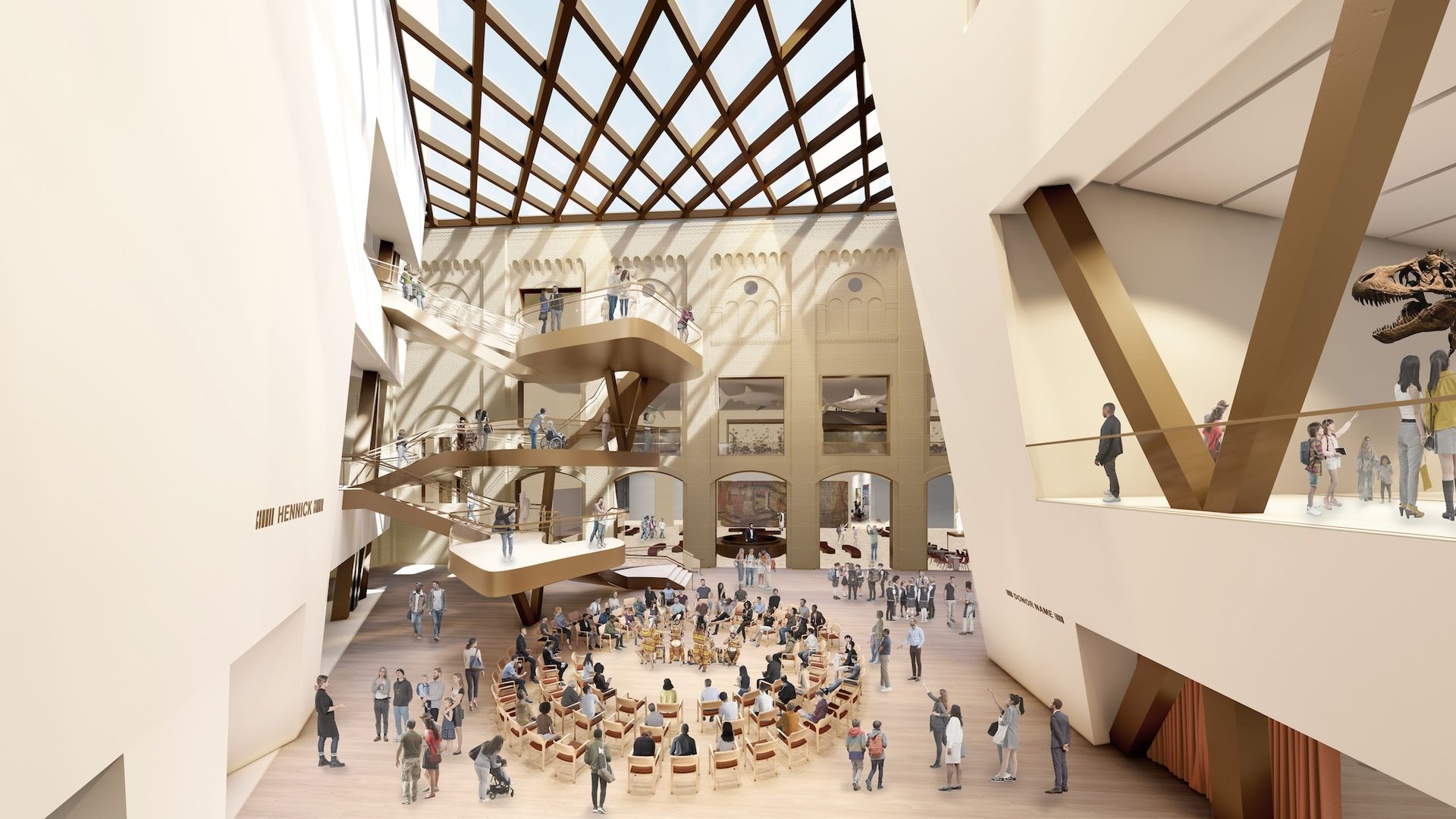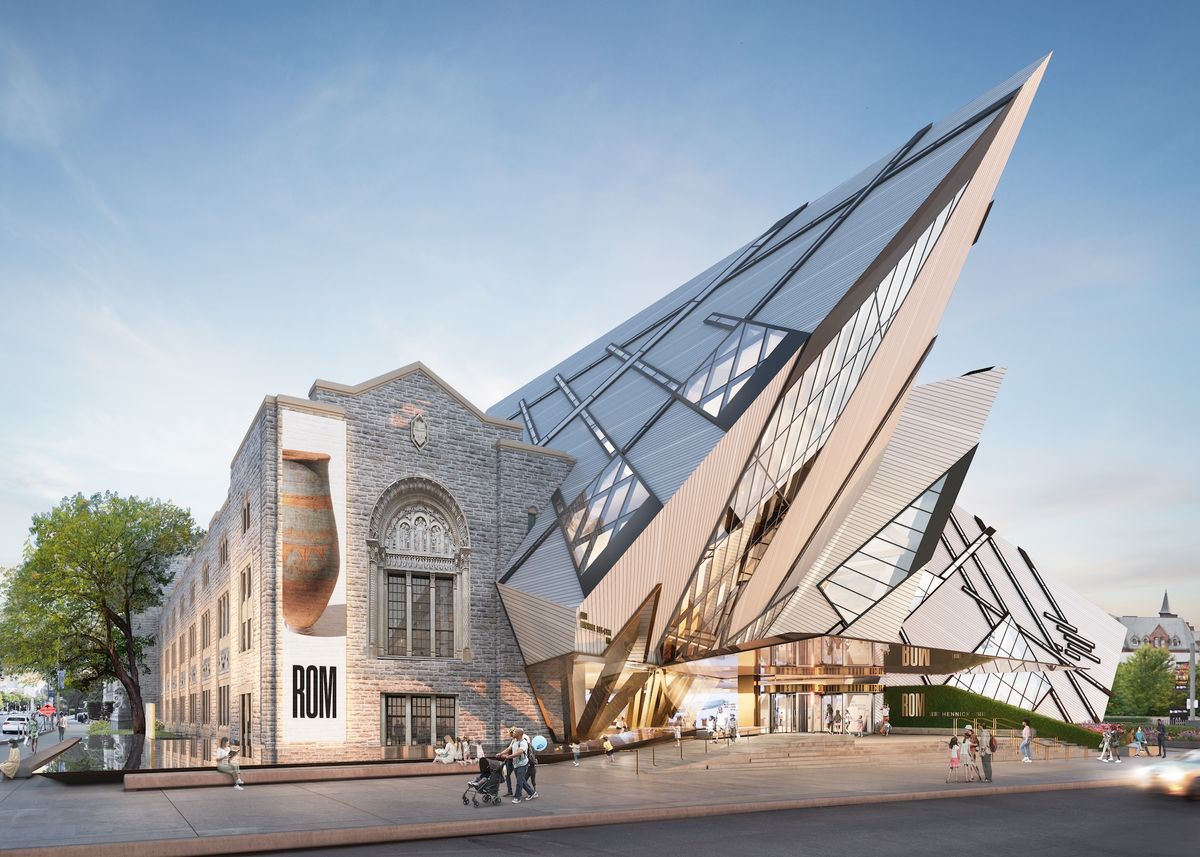Valentine’s Day ought to bring out the best in us, and that was very much on the mind of Josh Basseches, the director and chief executive of the Royal Ontario Museum (ROM), as he addressed a press gathering in Toronto on the morning of 14 February to announce the ROM’s latest initiative—a renovation project the institution has named OpenROM, which will tweak the architect Daniel Libeskind's 2008 expansion of the museum.
“My wife reminded me that this was Valentine’s Day,” Basseches said to launch the event, which attracted a sizeable crowd, not a seat left empty. “We will treat this as a Valentine’s gift to the city, the province and beyond. OpenROM is about the very future of the museum.”
And that future seems bright indeed, highlighted by the renovation of the institution’s ground floor bathed in natural light and an additional 6,000 sq. ft of gallery space. Work is set to begin shortly, with 2027 as the target date for completion. The museum will remain open during that time.
Free access to its main floor, which has proved a boon in recent years, will continue after construction is done. It will host performances and programmes while becoming what Basseches called “a humming public plaza” and “a cultural and civic hub”.
The Bloor Street entrance of the venerable building—which dates to March 1914, scant months before the beginning of the First World War—is also being redesigned, making for what Basseches calls “an even more welcoming and accessible space. It’s the beginning of the next great chapter for the ROM.”

Rendering of the Royal Ontario Museum's OpenROM project Courtesy the Royal Ontario Museum
The total budget for the project is C$130m ($96m), made possible in large part by a C$50m ($37m) donation from the Hennick Family Foundation—the single largest cash gift in the ROM’s history. Jay and Barbara Hennick attended the press conference, with the former labelling the ROM “one of the world’s great museums”, saying of its collection, “There are things that will blow you away.” The ROM is hardly short on material to exhibit, as there are some 13 million objects in its collection—almost the same number as the population of Ontario. But Hennick feels the museum has been lagging, having not yet realised its full potential. He believes his gift will help immeasurably in that regard. Speaking of OpenROM, he said, “It is going to re-engage the visitor experience.”
Siamak Hariri, of the award-winning Toronto-based firm Hariri Pontarini Architects, which is handling the design, also spoke at the event. “Architecture gives form to aspiration,” he said. “We’re going to re-introduce the ROM to Toronto with a design that, in effect, turns the museum inside out. We’re going to bring daylight and views deep inside and create new connections with Bloor Street.” But as is the case with any huge undertaking, the project is not without its challenges, Hariri admitted: “The waters have been choppy.”
Also in attendance was Neil Lumsden, Ontario’s minister of tourism, culture and sport and a one-time star footballer. He used the word “fabulous” more than once, wrapping up by saying, “It’s a huge tourist attraction that’s going to get even better.”
Like all institutions, the ROM suffered early in the Covid-19 pandemic, but it seems on the rebound, with better days still to come.


